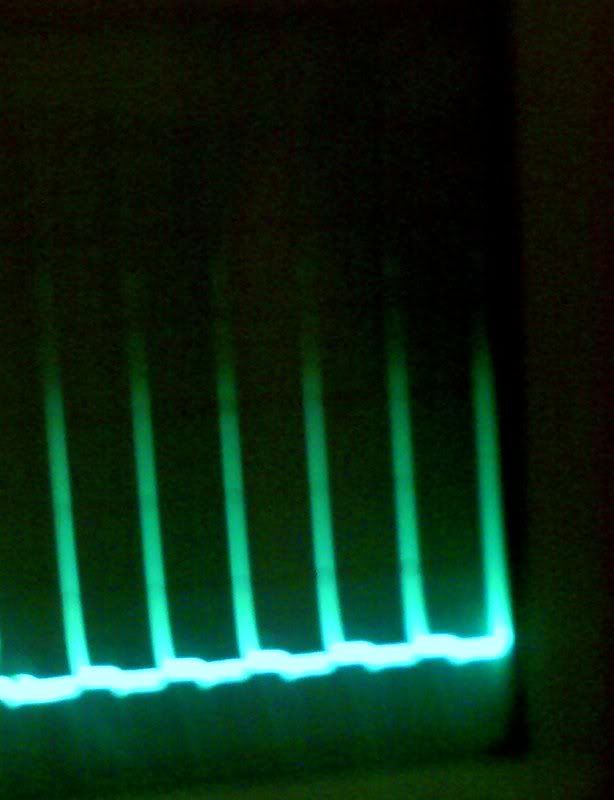It still is coming. I am currently fine tuning and gathering my data for the video for it. I should be releasing it within the next week or so 


 .
.  .
. 



 And that was @ 20 V source and relatively low rpm.
And that was @ 20 V source and relatively low rpm.






 YEAH! Its running!
YEAH! Its running! 


 , its being powered by a bench psu for now.
, its being powered by a bench psu for now.


 YEAH! Its running!
YEAH! Its running! 


 , its being powered by a bench psu for now.
, its being powered by a bench psu for now.

 feels great to get these going, I am happy for you.
feels great to get these going, I am happy for you.













Comment